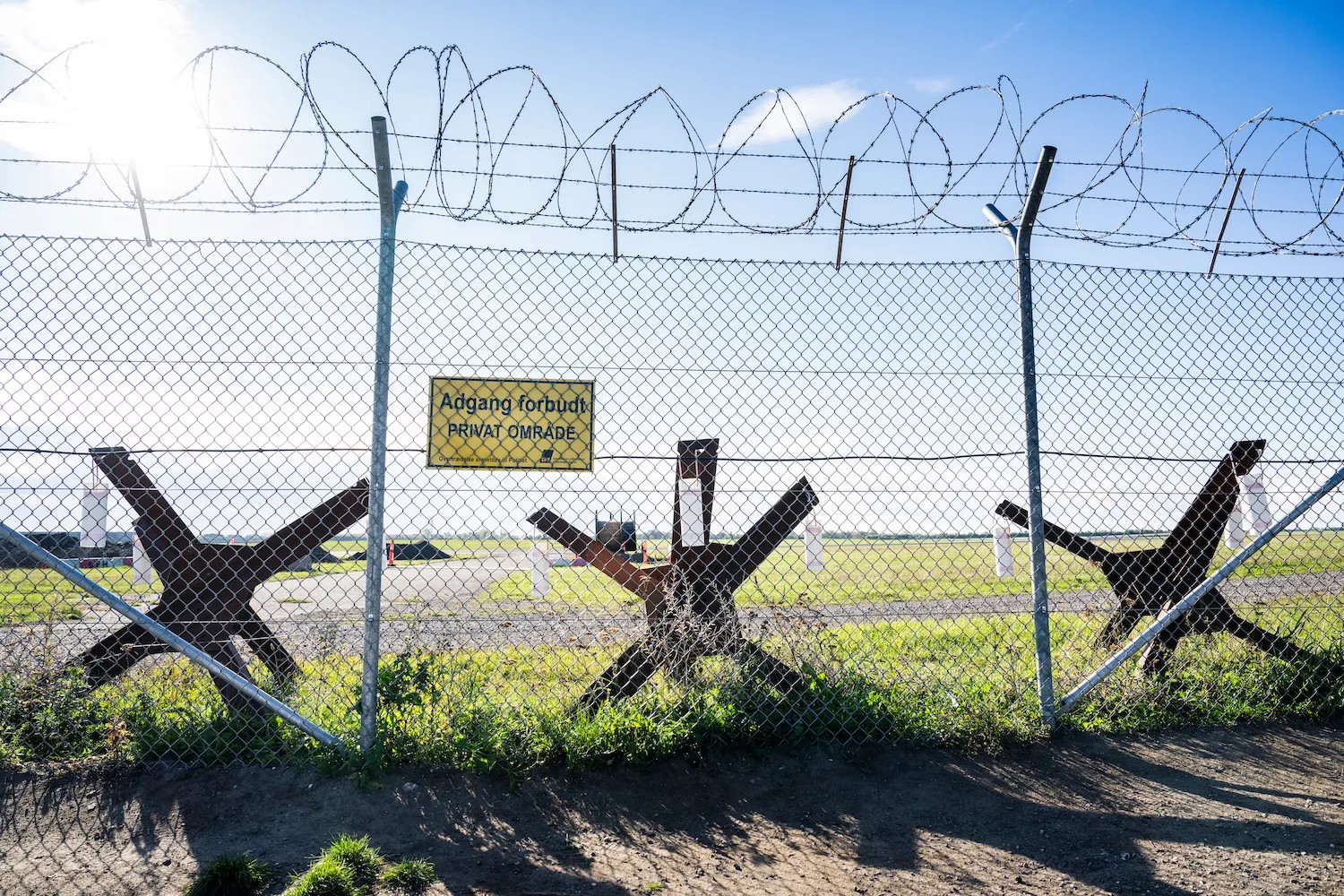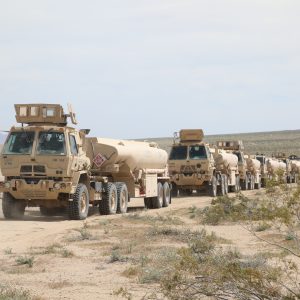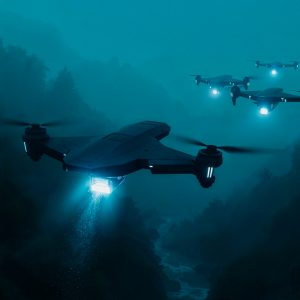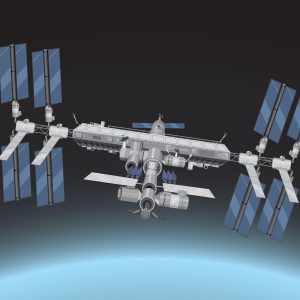Europe is moving quickly to defend itself from the new era of drone warfare. After Ukraine’s heavy experience with constant attacks, NATO and EU members are building what officials call a “European drone wall.” This defensive network of sensors, short-range systems, and anti-drone technologies aims to block large-scale incursions before they reach critical infrastructure. The plan is not just about technology—it marks a change in how Europe defines and protects its airspace.
Key Facts
* Source: Defense One, Oct 2 2025
* Theme: NATO-EU air defense integration
* Focus: Layered counter-drone architecture, affordability, and industrial co-production
* Strategic Impact: Drives short-range system purchases and innovation in counter-UAS design
From Ukraine’s frontlines to Europe’s defense corridors
The “drone wall” idea emerged from lessons learned in Ukraine. Traditional, high-cost air defense systems proved too slow and expensive to counter cheap, fast-moving drones. Therefore, Europe’s planners began to focus on quantity, speed, and real-time coordination instead of relying only on advanced, single-target systems. This shift reflects a practical understanding: defending against hundreds of low-cost drones requires flexibility and scale, not perfection.
Ukraine’s battlefield has become a testing ground for this new approach. Consequently, European and NATO defense planners are now promoting broader radar coverage, AI-assisted detection, and low-cost interceptors. These measures are not only more affordable but also easier to deploy in large numbers. As a result, nations are realizing that defense effectiveness now depends on rapid adaptation, not just high-end precision.
Europe’s layered shield: sensors, interceptors, and shared software
European defense ministries are building a networked system under the NATO Integrated Air and Missile Defence (IAMD) program. The goal is simple: detect early, react fast, and neutralize cheaply. When radar data flows directly into automated interceptors, seconds can make the difference between safety and disaster.
In the Baltic region, Poland and Lithuania are linking radar feeds, jammers, and drone intercept units into a shared real-time grid. Meanwhile, Germany is expanding its Skyranger and Arrow-3 systems and pushing for common standards through the European Defence Agency (EDA). Finland and Estonia, positioned on the northern edge of NATO, are also reinforcing this “wall” to stop intrusions and hybrid threats before they spread.
Behind the hardware lies the software layer. NATO’s command-and-control standards and the EU’s European Defence Industrial Strategy (EDIS) promote instant communication between national systems. In practice, this creates a digital backbone where every radar and launcher can “speak” to others in milliseconds. Thus, Europe’s defense network begins to behave like one coordinated organism rather than separate national units.
Affordability becomes strategy
Cost is now a strategic factor. Unlike past decades, when a few expensive systems dominated the market, today’s challenge is defeating vast numbers of drones with limited resources. Therefore, European designers are focusing on lightweight launchers, modular interceptors, and small autonomous jamming drones. These designs are easier to produce in bulk and can fill the lower layers of the defense network where traditional missiles are too costly to use.
Manufacturers such as Kongsberg, Rheinmetall, and Türkiye’s ASELSAN and Roketsan are developing scalable systems that blend cost efficiency with smart automation. This approach reflects a larger trend: Europe is rediscovering mass production as a military advantage. The guiding question is simple—how can one euro destroy several drones? Nations that answer it first will shape the next phase of air defense.
Political momentum and NATO-EU cooperation
Political leaders are also embracing the “drone wall” as a symbol of European unity and readiness. NATO’s integrated defense planning now aligns with the EU’s industrial programs, ensuring that member states can share both production lines and stockpiles. This coordination reduces duplication and speeds up deliveries across borders.
Importantly, the initiative balances independence and cooperation. While Europe funds most of the hardware, the United States contributes software support and radar analytics. This shared model combines European manufacturing capacity with American digital expertise. As a result, the “drone wall” represents not division but a new form of partnership—one that strengthens transatlantic defense without weakening European autonomy.
Industrial effects: stockpiles and co-production
The European Defence Agency is mapping supply chains to ensure rapid replenishment of counter-UAS components. These include missiles, lasers, and drone jammers. The goal is to replace fragmented national efforts with regional production clusters. This structure will make it easier to maintain readiness and share spare parts during crises.
Field tests are already under way. NATO’s exercises in the Baltic and Balkans now feature “drone swarm drills,” where troops practice linking sensors, decoys, and mobile interceptors across the battlefield. Türkiye’s experience in drone warfare, along with its layered air defense systems, continues to provide valuable lessons for NATO’s southeastern flank.
Strategic outlook: toward a continental drone defense doctrine
The “drone wall” has quickly evolved from a proposal into a guiding concept. It signals a shift from defending against a few large threats to surviving many small ones. Over the next five years, Europe’s defensive strength will depend on a dense web of adaptable, AI-driven systems that can react faster than any human operator.
Ultimately, this transformation defines a new era of European security. It emphasizes speed, cooperation, and resilience over size and prestige. If successful, the European drone wall could become not only a shield against current dangers but also a model for how modern alliances adapt in the age of automation.
Reporting based on Defense One, NATO, EDA, and European Commission sources.












